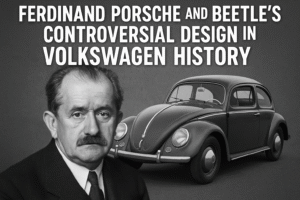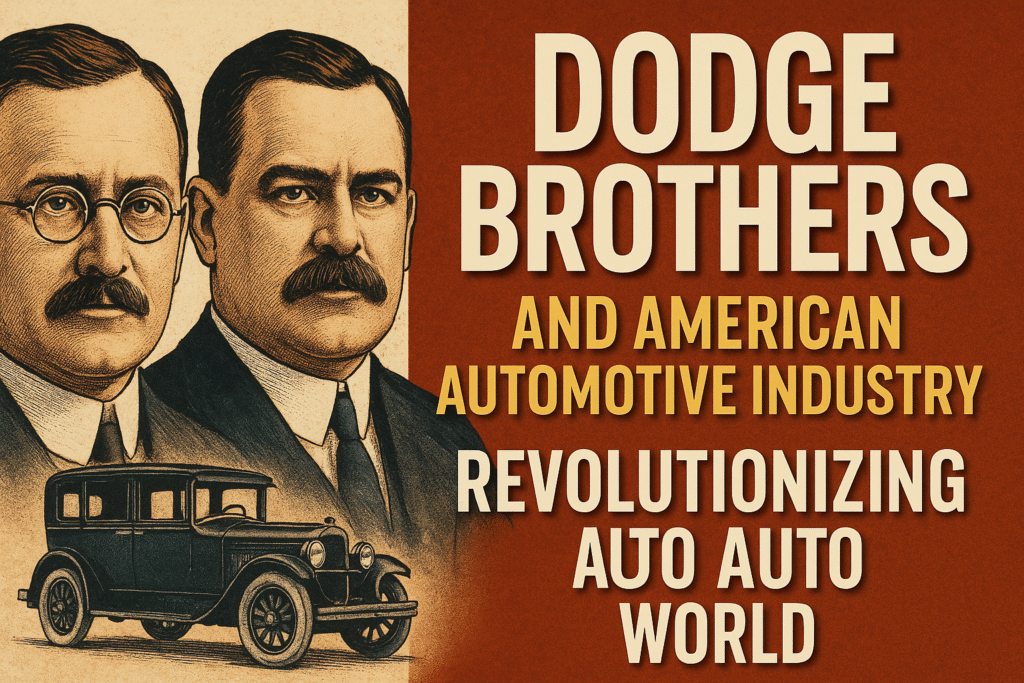Volkswagen History: The Disturbing Journey from Nazi Origins to Global Automotive Giant

Volkswagen History is a tale marked by both innovation and controversy. From its founding in Nazi Germany to its rise as a global automotive powerhouse, the brand’s legacy is far more complicated than its iconic cars like the Beetle and luxury names like Porsche and Lamborghini might suggest. Behind its success lies a dark and troubling past — a history of forced labor, wartime production, and controversial beginnings deeply intertwined with Nazi Germany.
Volkswagen History: Origins in the Nazi Regime
Volkswagen was established in 1937 under Adolf Hitler’s Nazi regime, with the goal of creating a “people’s car” (Volkswagen in German) that ordinary German families could afford. This plan was part of a broader economic initiative to revitalize a Germany that was still suffering from the impacts of World War I and the Great Depression. Cars were a luxury at the time, reserved for the wealthy.
Hitler admired Henry Ford’s mass production techniques and aimed to replicate this success in Germany. Under the “Strength Through Joy” (Kraft durch Freude) program, the construction of modern highways (the Autobahn) began, alongside the development of a car that was affordable and efficient for the masses.
Ferdinand Porsche and the Beetle’s Controversial Design in Volkswagen History

The design behind Volkswagen’s first car came from Ferdinand Porsche, a Czech-born engineer, who created a prototype for a compact vehicle that could seat five people, reach speeds of over 100 km/h, and cost less than 1,000 Reichsmarks. However, the design was not entirely original. It borrowed heavily from other engineers, including Jewish designers who were later persecuted by the Nazis, and from the Czech company Tatra, which produced a similar rear-engine car.
This aspect of Volkswagen history casts a shadow on the line between innovation and appropriation, especially during an era defined by authoritarianism.
For more on Ferdinand Porsche, see this Wikipedia page.
Volkswagen History: Wartime Production and Forced Labor
As World War II began, Volkswagen shifted its focus from civilian cars to military vehicles, such as the Kübelwagen and Schwimmwagen. To meet the production demands, the company relied heavily on forced labor — prisoners of war, concentration camp inmates, and civilians from occupied countries. These workers endured brutal conditions, including starvation and abuse, many of whom did not survive.
The factory also operated a nursery for babies born to female laborers, where neglect and starvation led to the death of hundreds of infants. You can read more about forced labor in the Volkswagen factories during WWII in this article on History.com.
Volkswagen History: Post-War Struggles and Rebirth
After Germany’s defeat, Volkswagen’s factory lay in ruins, and the brand seemed doomed. The Allies initially wanted to dismantle the factory due to its Nazi connections. However, British officer Ivan Hirst pushed for its revival, and with his leadership, Volkswagen started producing vehicles again, first for the British military and later for civilians.
Under Heinrich Nordhoff’s leadership, the Beetle was refined, and exports increased. Despite initial rejection in the U.S., the Beetle eventually became a cultural icon in the 1950s and 60s, symbolizing simplicity and the counterculture movement.
You can learn more about the history of the Volkswagen Beetle from the Volkswagen Museum.
Volkswagen History: Rise to Global Prominence
By 1972, the Beetle became the world’s best-selling car. However, the company struggled with changing consumer demands, safety, and emissions standards, and increasing competition from Japanese automakers. The acquisition of Audi in 1969 allowed Volkswagen to develop new engines and models like the Golf, which became highly successful.
Despite its innovations, Volkswagen’s market share in the U.S. declined during the 1990s, with efforts to revive the Beetle and enter the SUV market having mixed results. For a deeper understanding of the rise of the Golf model, check out this Car and Driver article.
The Dieselgate Scandal and Volkswagen History
In 2015, Volkswagen’s reputation was severely damaged when the company was found to have installed software to cheat emissions tests in diesel vehicles. The scandal, known as “Dieselgate,” resulted in billions in fines, legal consequences, and a significant loss of consumer trust.
For more details on the Dieselgate scandal, visit this BBC News article.
Despite this, Volkswagen remains a leader in the automotive industry, now focusing on electric vehicles and sustainability efforts to rebuild its image.
Conclusion: The Legacy of Volkswagen History
The Volkswagen history is a complex one, spanning from its Nazi-era origins to its current status as a global automotive giant. This history serves as a reminder of the ethical challenges that companies face, the need for accountability, and the potential for transformation, for better or for worse. Understanding this dark past provides a deeper appreciation for the cars on the road today and the company behind them.

